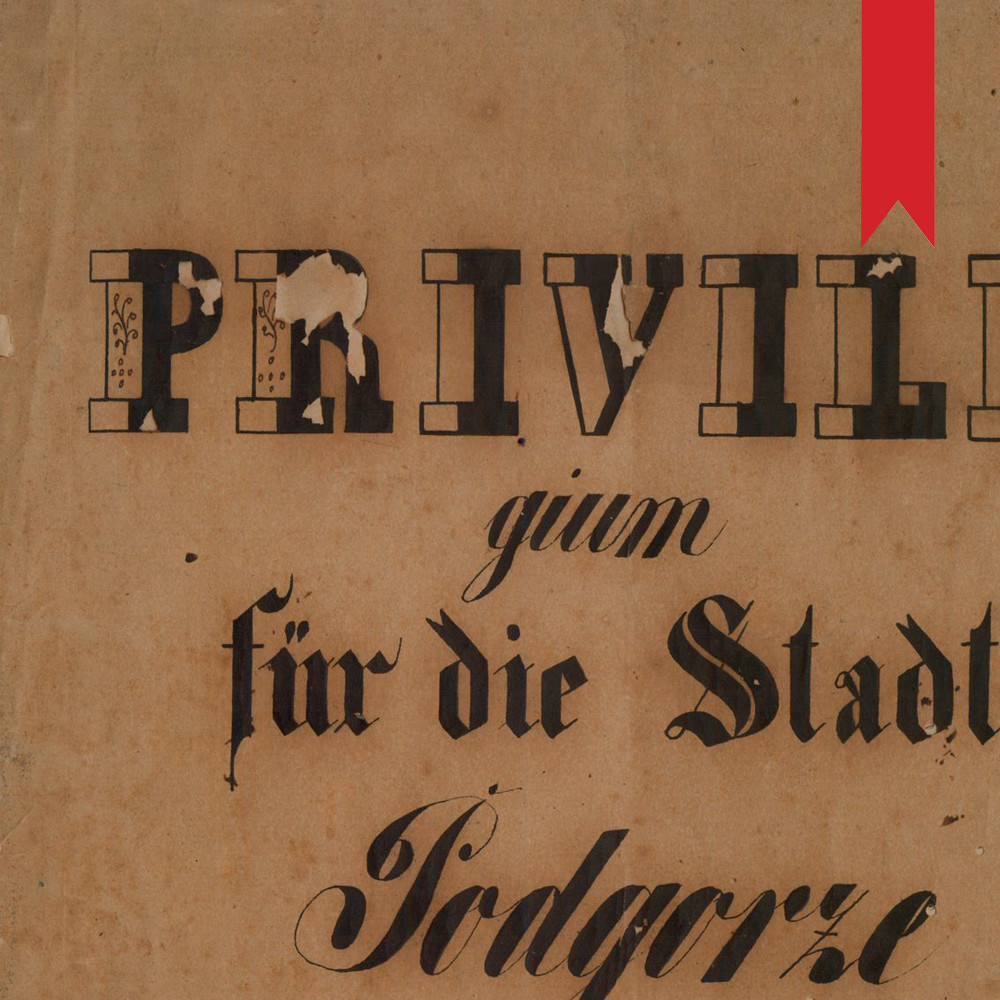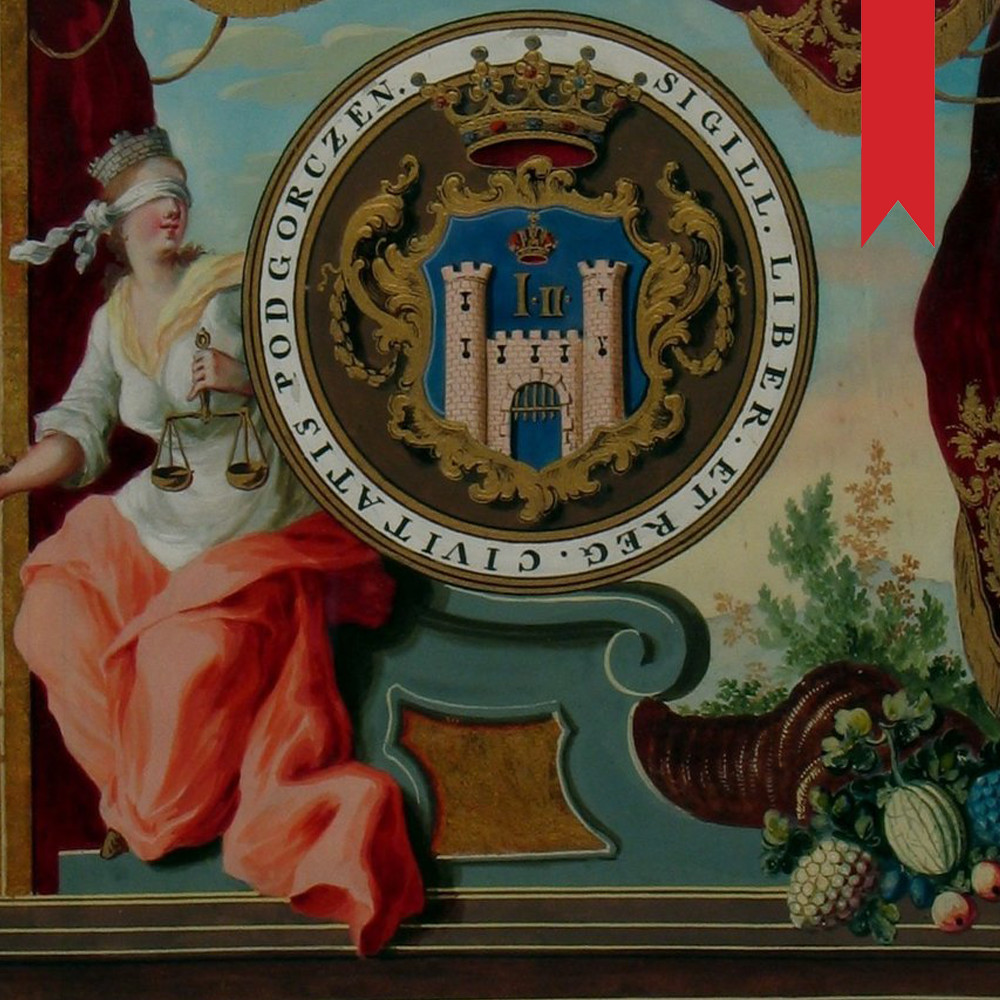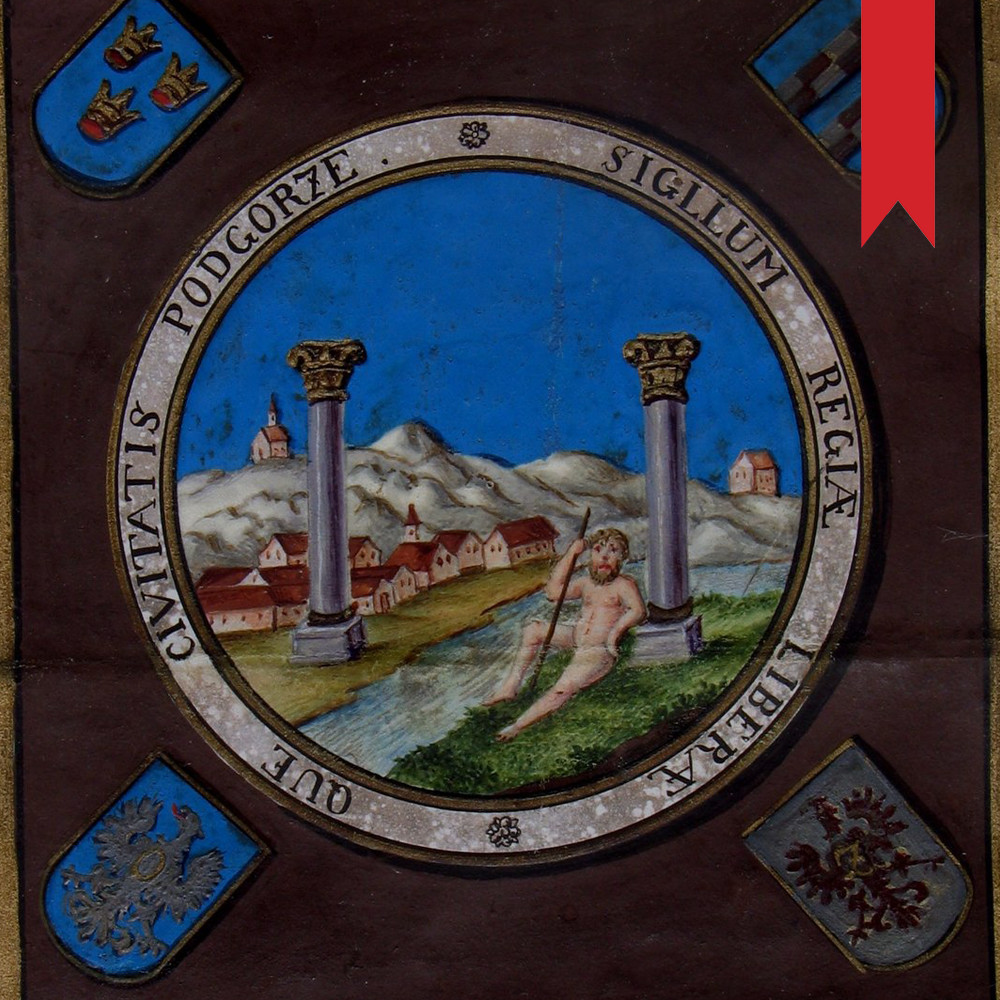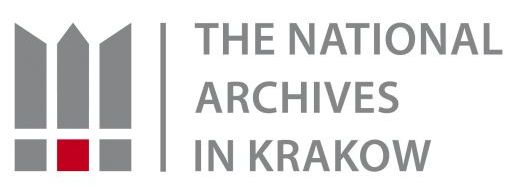A MODERN TOWN
From the events of the Royal Free Town of Podgórze 1784–1915
Emperor Joseph II, with a universal issued in Vienna on 26 February 1784, granted the status of royal free town to a small settlement developing on the south bank of the Vistula. The potential of the new urban centre was seen in its natural wealth and beneficial location near the border, at the crossroads of the Wielicki and Skawiński trading routes.
The beginnings of the settlement reach back to the middle ages and are closely connected with Kazimierz. This dynamically developing urban centre, restricted on both sides by strands of the Vistula, needed a supply of raw materials and agricultural land. In 1357, the village of Zabłocie passed into the control of Kazimierz, whereas in 1370, the village of Czyżowa, known as Janowa Wola, followed suit. With time, the proximity of the trading routes developed an agricultural area into a suburb. By the Wielicki Bridge, numerous inns were created for the needs of merchants, as well as salt warehouses, watermills, brick works and lime kilns. After the Swedish wars, during which the permanent crossing across the Vistula was destroyed, the south bank area was divided into arable land as well as fortifications, located in the place of the former bridgehead. In 1772, the Austrians, interpreting to their own benefit the partition treaty, designated the so-called Old Vistula trough as a new border of the empire, annexing Kazimierz. Forced four years later to leave the town, they concentrated their attention on the development of the south bank suburb – already known by the name Podgórze.
The imperial universal contained a range of freedoms, which encouraged entrepreneurs to settle within the new town. Merchants and craftsmen were promised land for their homes, necessary materials as well as relief during the repayment of money borrowed for this purpose. They could also apply for subsidies, which was to be used for the purchase of equipment necessary for work and the development of their own workplace. The privileges, although there were some restrictions, were also granted to Jews. Those who had the sum of 10 thousand gulden were given permission to purchase or rent a house. Each resident of Podgórze were granted personal freedom and did not have to perform military service.
In a document issued in Vienna on 3 June 1785, Emperor Joseph II confirmed the earlier privileges and gave the town a coat of arms. The references to medieval heraldry and the similarity to Kraków's coat of arms did not meet the full approval of the local residents. On 3 August 1808, Franz Joseph I, at the clear wish of the residents, changed it. The new coat of arms, which was not given an official explanation, became the object of numerous interpretations. In the topographic presentation, it is easy to notice Podgórze, however, the other elements are not so clear. The coat of arms refers to the motto of “plus ultra” (even further), which was used by the imperial family as well as Herculean symbolism.

Joseph II, Holy Roman Emperor, grants Podgórze town rights and privileges, Vienna, 26 February 1784; a paper copy of a document in the form of a volume, drawn up in approximately the middle of the 19th century.
(ANK, ref. no. 29/658/1276, pp. 1, 3 and 11)

Joseph II, Holy Roman Emperor, grants Podgórze the status of town, giving it privileges and a coat of arms, Vienna, 3 June 1785; a book bound in a red plush, a great imperial stamp in red wax was connected to the document
(ANK, ref. no. 29/657/1106)

Franz I, Emperor of Austria, gives the town of Podgórze a new coat of arms, Vienna, 3 August 1808; a great imperial stamp in red wax was connected to the document
(ANK, ref. no. 29/657/1093)

Metal stamps with wooden handles for pressing the round stamp of the town's coat of arms. On the right is a sunken stamp, designated for pressing in a sealing mass (sealing wax), on the left is a convex stamp, designated for pressing in ink
(ANK, ref. no. 29/661/180, 192)
